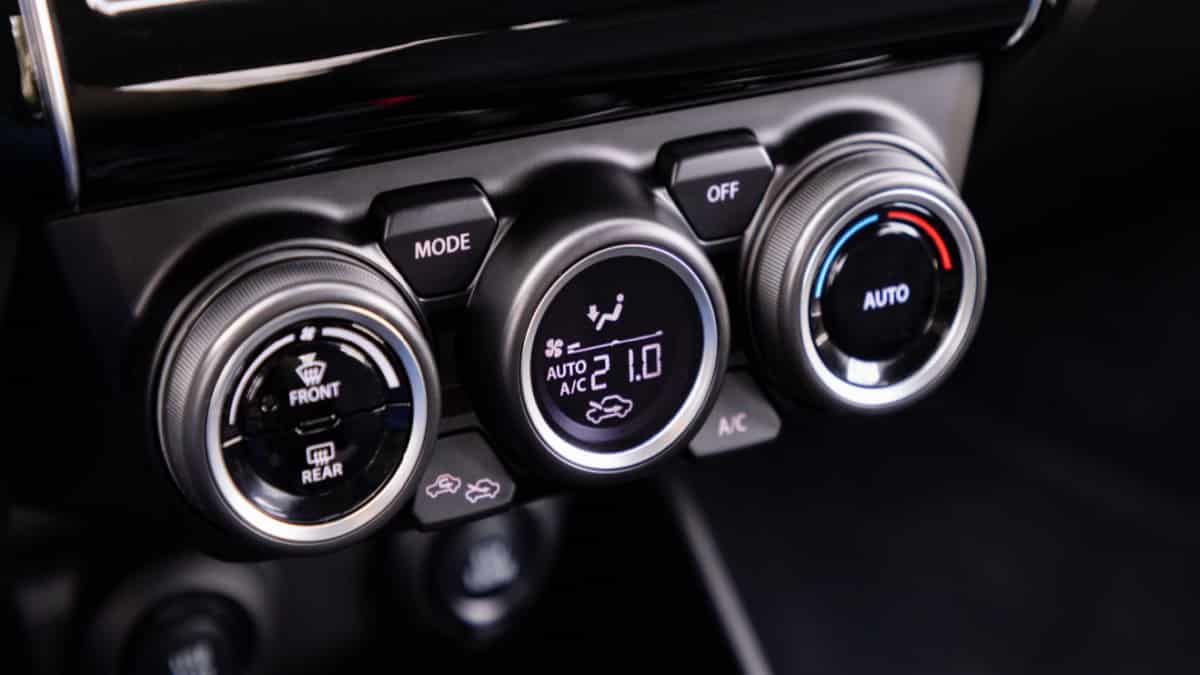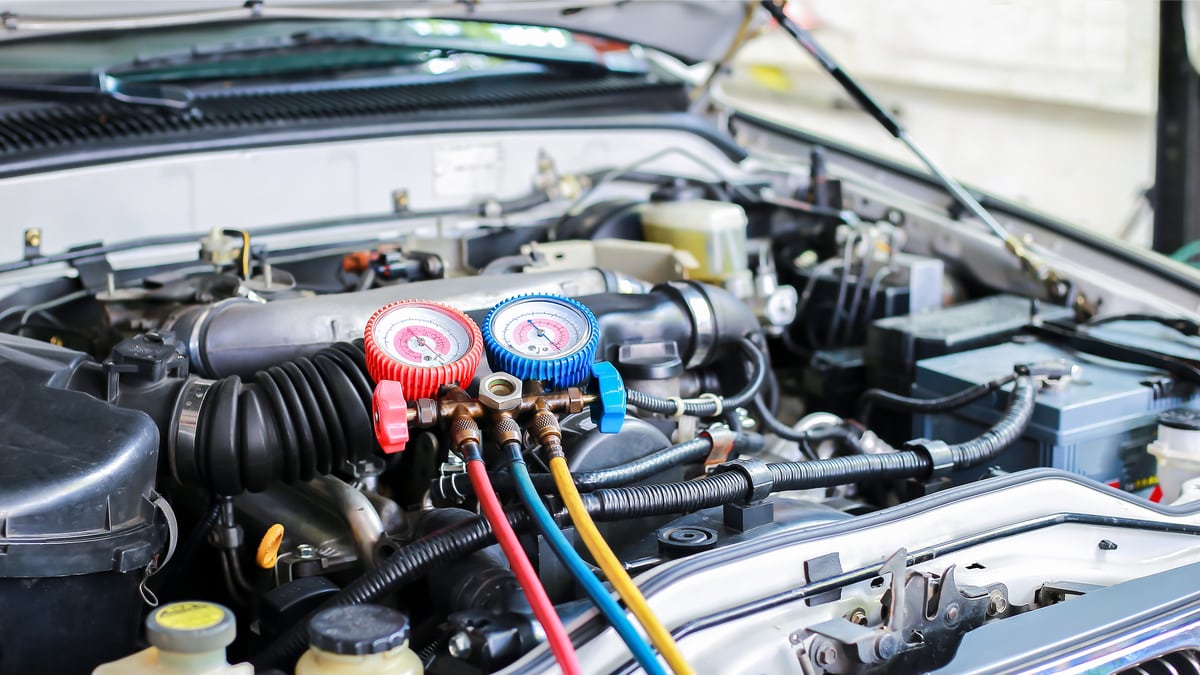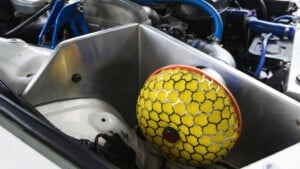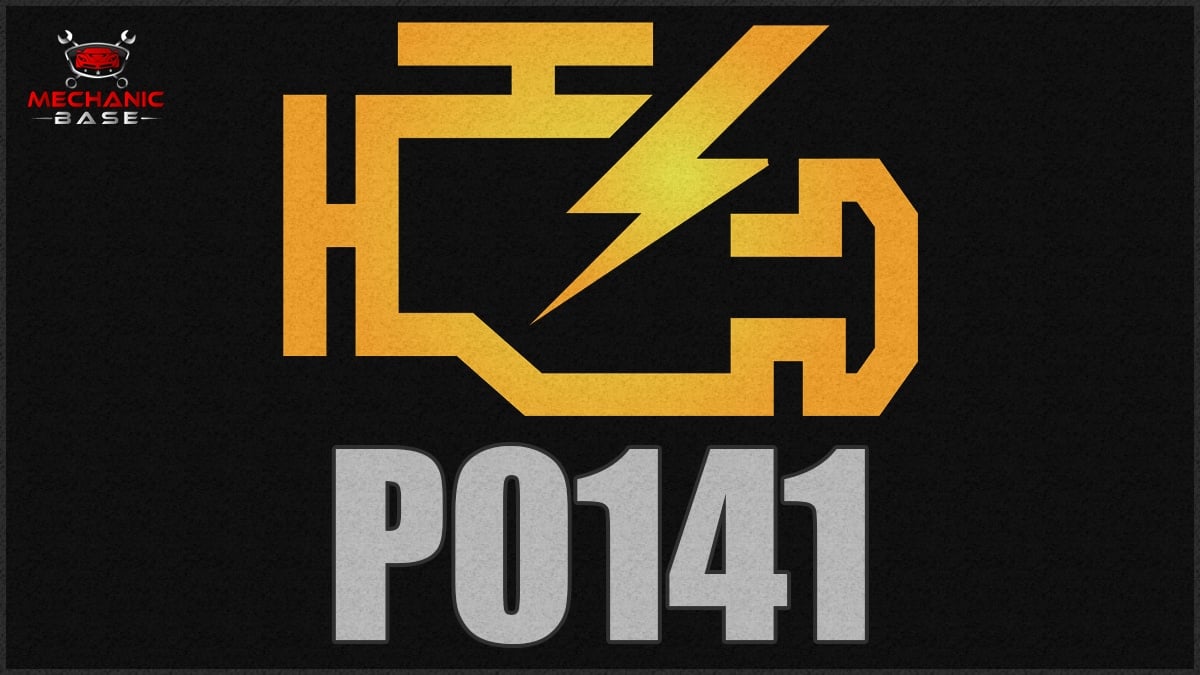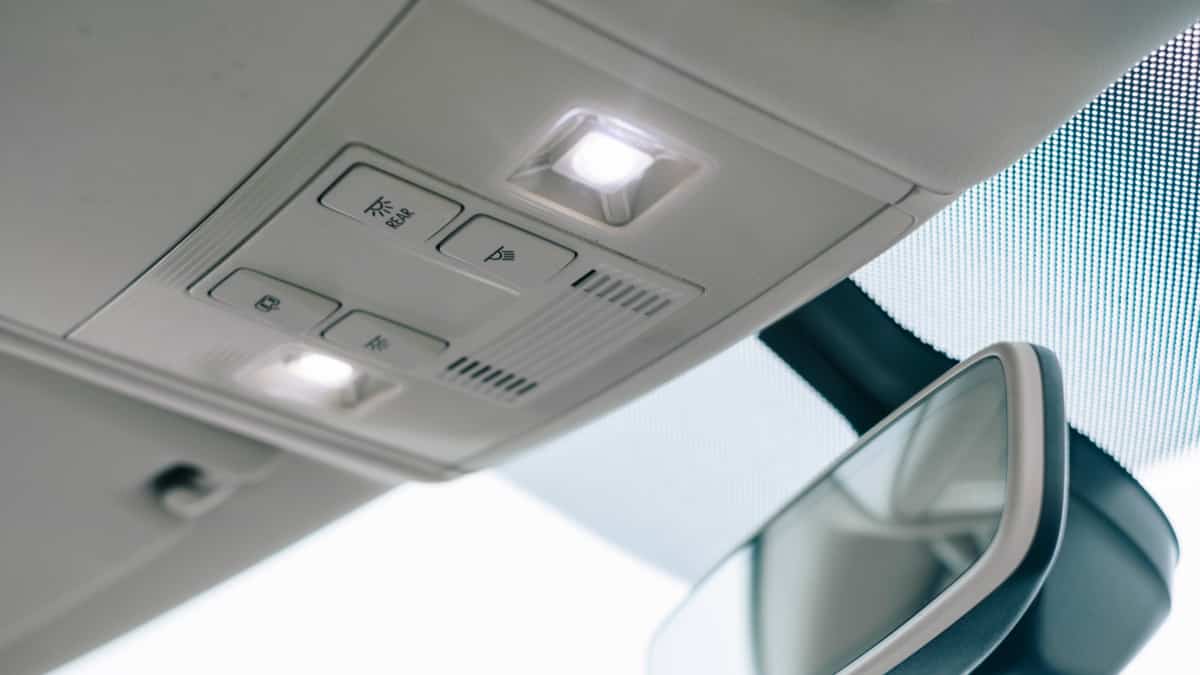When the weather gets cold, you want to know that you are warm and secure in your vehicle. With the in-cabin heater, you should get all the warmth that you need. How do I turn on the heater in my car?
In this guide, we walk you through the ways to use your car’s heater. We also discuss what could be causing problems getting heat from the system.
How to Turn On Heater in a Car?
To turn on a car heater, close the windows and start the car. Once you are driving, adjust the internal temperature and fan speed on the controls. If you use the recirculation button, you will be able to warm up the cabin faster as the air is recycled from within instead of taken from outside.
Here is a more detailed list of the steps to turn on a car heater:
1. Close Up
Before you do anything else, you want to insulate the car cabin. There’s no reason to pump out heat when it can easily escape from the vehicle.
Start by closing up all of the doors. You should also make sure the windows are all rolled up and the sunroof is closed.
2. Start Engine
To get the heater to the right temperature, the engine needs to be running. Yes, it’s possible to run the climate controls with the key turned to the ON position, but it’s not going to be effective.
You must start up the engine to get the warmest temperature possible. It’s also not good to run these accessories with the engine off because they just drain the battery.
3. Drive Car
You can start the heat before you start driving, but it will be more effective when the engine speeds are raised. That’s why we recommend you head on your way and then turn on the heater.
Not only do the increased RPMs help the heater work better, but the engine heat encourages better in-cabin temperatures. Get that motor running and enjoy the benefits of warmth.
4. Adjust Temperature
There are different ways to adjust the temperature, depending on what kind of climate control system you have. If there’s a digital display, you can push the up and down buttons to adjust the temperature.
With the single control knob, you will turn it to the right to raise the temperature. Turning the other way would reduce the temperature. Some vehicles use dual-zone or tri-zone climate control, so there are different buttons and knobs for each system.
If you are not sure how your heater controller works, check the owner’s manual for your car.
5. Adjust Fan Speed
There should also be an icon that resembles a fan. This designates the speed at which the heat blows out. In some cases, this is a button, while other times, it’s a knob.
If you want the heat to blow fast, you will turn the fan up. Otherwise, you can turn it down to throttle it back.
6. Use Recirculation
There’s a recirculation button that you also want to push. With this setting, the heat will be more efficient and warmer.
During normal operations, the car uses the cold air from outside and warms it before blowing it into the cabin. With the recirculation function, the heat is circulated through the cabin, so it doesn’t have to heat up as much.
Heater vs. Defroster
On your climate control settings, you will see a defrost button. There could be one for the front windshield and the back window. While this can be used with a warm temperature, it’s not the same thing as the heater.
Defrosters are used to clear away condensation from the windows. This system utilizes the air conditioning to dehumidify the air. By keeping the air drier, the condensation quickly clears up. In this case, you want to turn off the recirculation to avoid adding excess moisture to the cabin.
RELATED: Car Heater is Blowing Cold Air? (7 Causes & How To Fix it)
Why Isn’t the Car Heater Working Right?
1. Defective Blower Motor Resistor
Are you able to get any air out of the vents? If not, you might be looking at an issue with the blower motor resistor.
However, this part can malfunction and lead to issues with just certain speeds as well. If you can get some heat with various settings but not others, this is worth looking into.
2. Malfunctioning Heater Fan
Another issue that can cause air not to blow correctly into the cabin is the defective heater fan. The fan is needed to circulate the heat that comes from the system.
You could hear strange noises right before it breaks, giving you a little warning. Either way, you are going to get cold very quickly without the help of the fan.
3. Broken Controls
Today’s modern climate control systems contain a lot of touchscreen and feedback systems that aren’t always reliable. If there’s a short or a broken control, you might not be able to adjust the system.
However, even the older systems can fail at times. You can have a broken dial or knob that needs to be replaced.
4. Faulty Electrical Connections
The climate control system needs electrical connections and power to keep it running. If there’s a broken wire or a short, you could notice problems.
If nothing seems to be working with the system, there’s always the chance that a fuse is blown. You can find the right fuse through the diagram on the box and quickly replace it.
5. Clogged Heater Core
It isn’t often that a heater core will go bad, but it happens. Debris can get into the cooling system, where it can clog the heater core.
This occurs most frequently when the radiator starts to rust. Pieces of it can break off and lodge in the heater core. Either way, you need to replace it.
6. Broken Thermostat
One of the more common issues with the climate control is trouble with the thermostat. If it gets stuck closed or open, you will notice something odd with the temperatures in the cabin.
The broken thermostat can also interfere with regular air conditioning usage. Either way, you need to have it replaced if you want to control the temperatures again.
7. Low Coolant Levels
There’s always the chance that the system doesn’t have enough coolant inside. You can easily check the levels and add more if needed.
If the coolant is low, hot fluid can’t always make it to the heater core. Because of this fault, the cabin will stay cold. It can also cause the engine to overheat since that warmth can’t be dissipated.
8. Leaking Radiator/System
What is causing the coolant to be low? That should always be your next question after you top off the system. There should be no reason to add coolant to a properly-functioning cooling system, as it should retain the proper amount of fluid.
However, if there’s a leak somewhere, you’ll notice that the levels continue to drop. The coolant leak could be coming directly from the radiator. There’s also the chance that it could be a loose or broken hose. Either way, if coolant can reach the heater core or engine, the problem can lead to permanent damage.
Categories: Air condition
